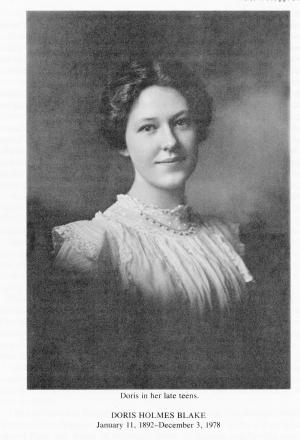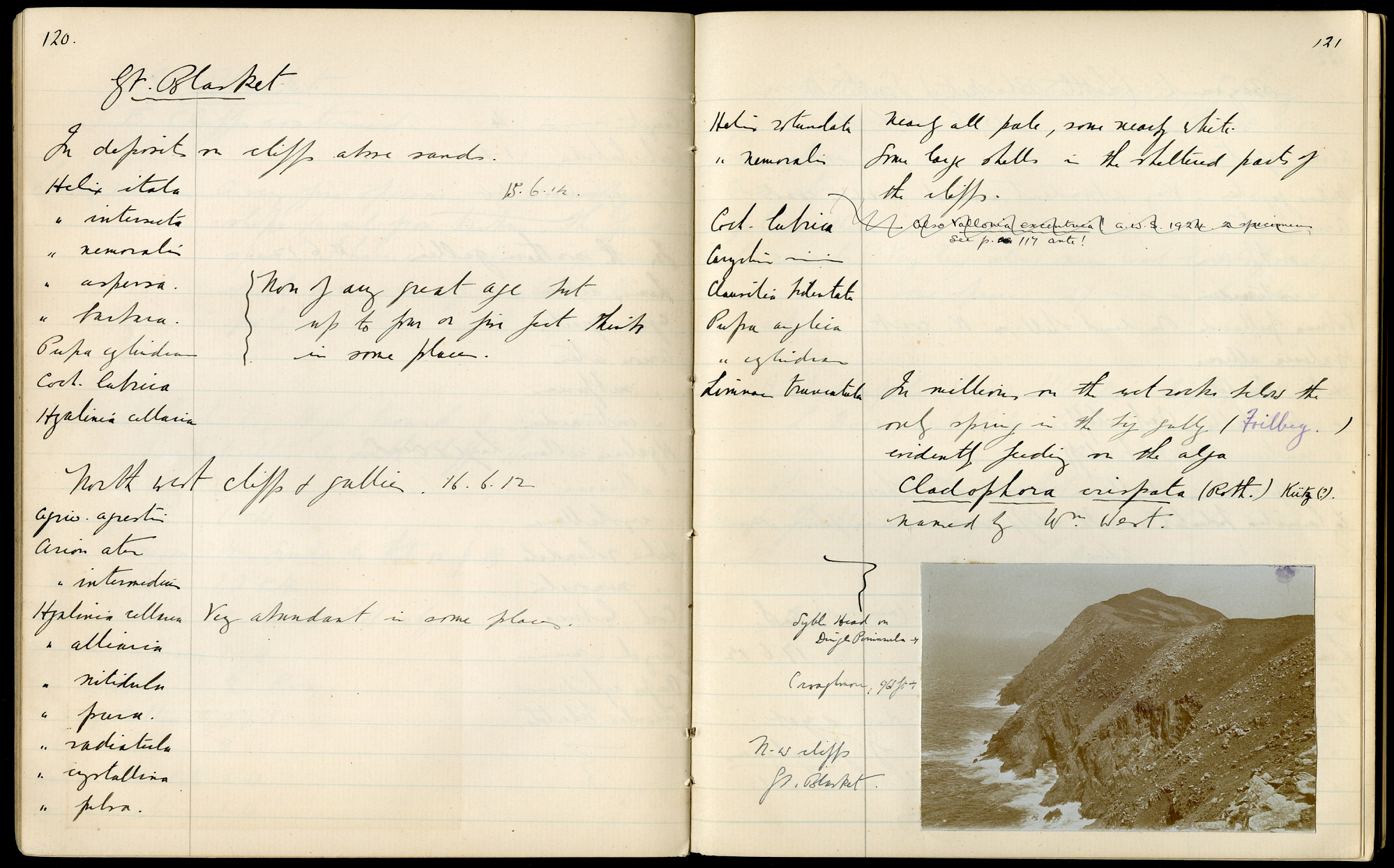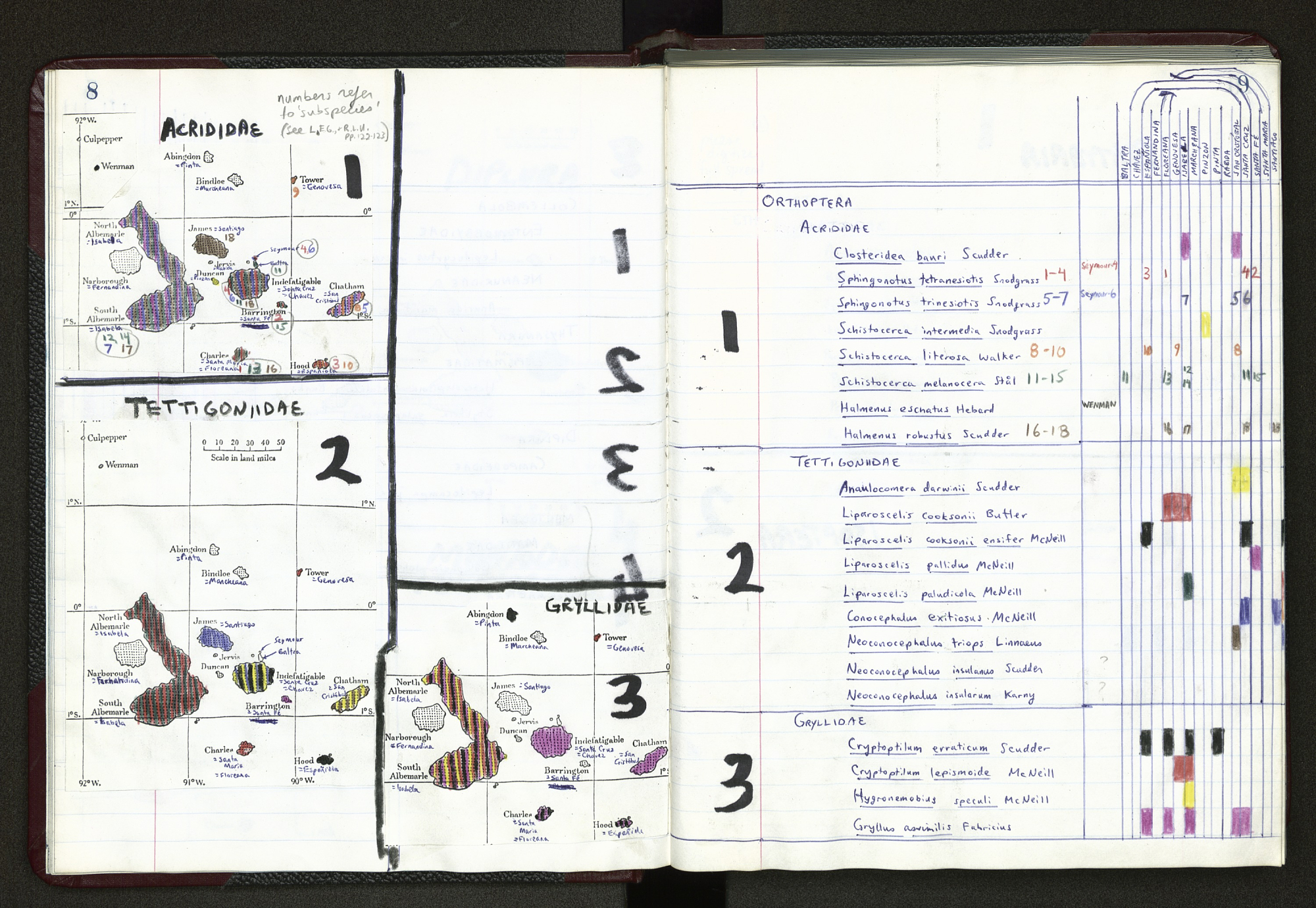Collections here at the Archives span over 171 years of Smithsonian history and include personal papers of the many notable people who have been part of its work in science and culture. Cryptic and coded content is not unusual here. One would expect special vocabulary in the accessions of scientific observations. For example, notations of depth, temperature, and sounding and current in the field notes of marine biologists would come as no surprise. That being said, the Archives’ collections of personal papers also contain items that are sometimes hard to make out.
We have correspondence with cross-writing on very thin paper, lines and cross-hatching in the margins, hand-drawn color coded maps, and even diaries written using an old German script.
Encountering this material decades or more after it was written, a little frustration can be tempting. A little more effort at legibility or a code book on the writer’s part to help us decipher their writing would have been nice, right? Still, if I’m honest with myself, the men and women in our archival collections are not the only ones to use custom abbreviations and codes and marks when writing. I do, too, because I’m writing more for my own benefit than for others.

To post or not to post?
At the Archives, we use high resolution imaging to capture our collection documents in fine detail. If you can see the digitized object online with the same clarity you would have looking at the original here in the Archives, it’s good to go. That said, when we consider asking you to help us transcribe this material, legibility and complexity are factors we consider. If the pages in the document have exceptionally poor handwriting or cross-writing throughout, for example, the level of difficulty is too high to ask our volunteers to transcribe. Nonetheless, you consistently surprise us with the challenges you overcome to make our collections more accessible. Personally meaningful markup, species names, and foreign languages have not daunted you. Here are some of the tips based on what we’ve learned from you:
- Consider the immediate context of the word or sentence. Look for more recognizable words in the document and compare.
- Consult transcripts where they exist to become familiar with how others have interpreted the handwriting.
- Refer to topical reference works if it is material about a specialized topic, region, or period in history.
- Talk to others with a similar interest.
If we embark on this journey armed with a desire to figure it out, and a good dose of patience, the cryptic content will not win out. It will yield its treasures and we will be the richer for our efforts.
Related Collections
- Columbian Institute Records, 1816-1841, with related papers, 1791-1800. Smithsonian Institution Archives, Record Unit 7051
- Doris Holmes Blake Papers, 1899-1985, Blake, Doris Holmes, 1892-1978. Smithsonian Institution Archives, Record Unit 7310
Related Resources
- Writing at Cross-Purposes, The Bigger Picture blog. Smithsonian Institution Archives.
- The Mixed Media Field Books of Robert e Silberglied, The Field Book Project blog.
Produced by the Smithsonian Institution Archives. For copyright questions, please see the Terms of Use.




Leave a Comment